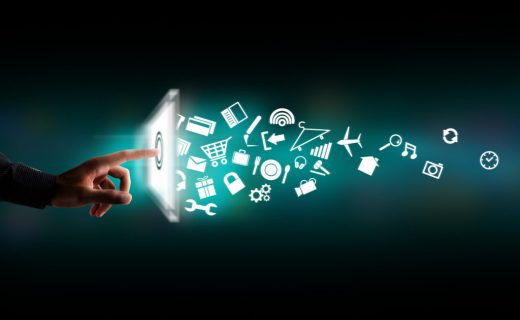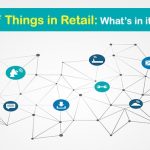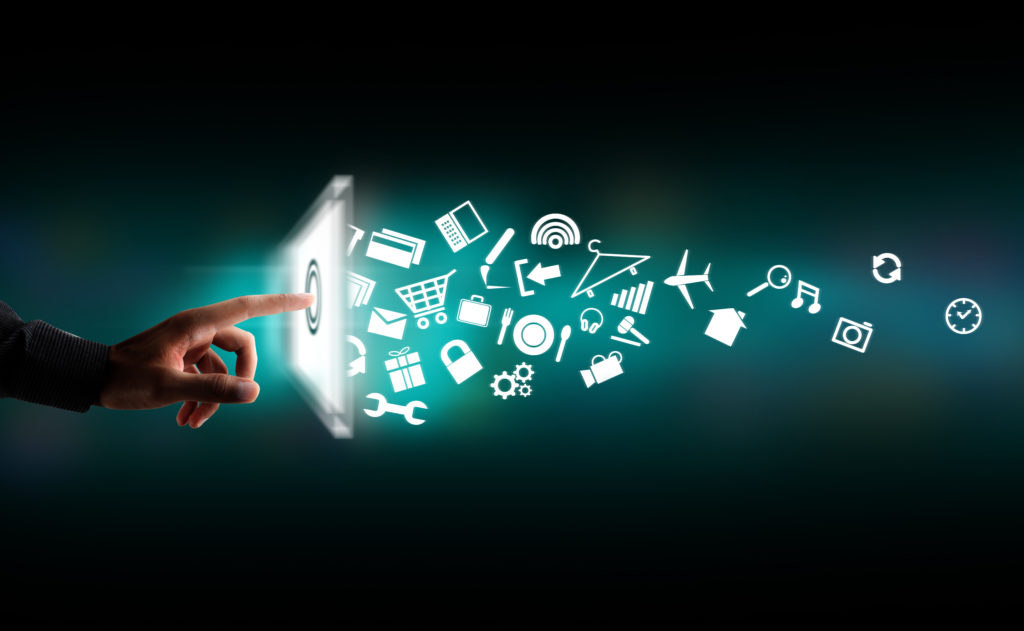What is fog computing and what does it mean for IoT?
What is fog computing and what does it mean for IoT?

The Internet of Things is projected to grow to as much as 20-30 billion connected devices by 2020. The amount of data being created and subsequently sent to the cloud is therefore set to increase exponentially as a new set of devices achieves connectivity.
Storage and computing power increases according to Moore’s law, that is they double about every 18 months, yet bandwidth is increasing at a far slower pace. Some estimates place bandwidth growth at less than 40% per year. The implication is of course that there will be more data wanting being sent to the cloud then there will be bandwidth. Enter the fog computing paradigm.
See also: How does fog computing differ from edge computing?
Fog computing refers to decentralized computation at the edges of the network, as opposed to being centralized in data centers. By distributing computing to the edges, the results will be sent to the cloud, not the raw data itself. This shift in paradigm will tremendously reduce the need for increased bandwidth and computational power in the cloud.
Centralized computing in the cloud has provided several benefits for enterprises. Scalability, easy pricing schemes and minimal upfront cost are among the big ones. However cloud computing have certain disadvantages. Foremost latency and delay jitter, as well as there being a higher probability for security breaches when large amounts of data is moved through networks.
Fog computing greatly reduces the amount of data being sent to and from the cloud, reducing latency as a result of local computation while minimizing security risks.
Companies using cloud computing for analytics often need it fast. The most relevant data is often the most recent data, and most companies need to be able to act on that insight in real time. You will not need to wait for data to be sent around the globe, analyzed in the cloud then sent back. We should then ask what computations can be done closer to home, and what should be in the cloud.
What data do we actually need?
Airplanes are equipped with important sensors that are meant to prevent system failure. These sensors can produce up to 40TB of data per hour of flight. If we multiply that with the numbers of flight hours per day the data generated by the industry is staggering. These sensors serve important functions in flight, but the data not being used for analytics on fuel savings and other efficiencies would not benefit from being aggregated in the cloud. Not to mention the amount of data we can expect a fleet of self-driving cars to generate.
See also: 4 common mistakes customers make in transitioning to cloud computing
So, in addition to making us think about what computations should be done by the device, it also forces us to think about what data is really useful, and what data is essentially useless after its shelf time has expired, which for many applications is short.
As the fog computing paradigm continues to evolve and an exponentially increasing amount of devices achieve connectivity we will see more choices being made regarding what data should be used where and subsequently stored. The cloud has given us us several advantages in terms of scalability and cheapness, but we will now need to make more decisions on how we treat the exponentially growing amount of data we are generating for IoT infrastructure to perform optimally.
The post What is fog computing and what does it mean for IoT? appeared first on ReadWrite.
(45)














